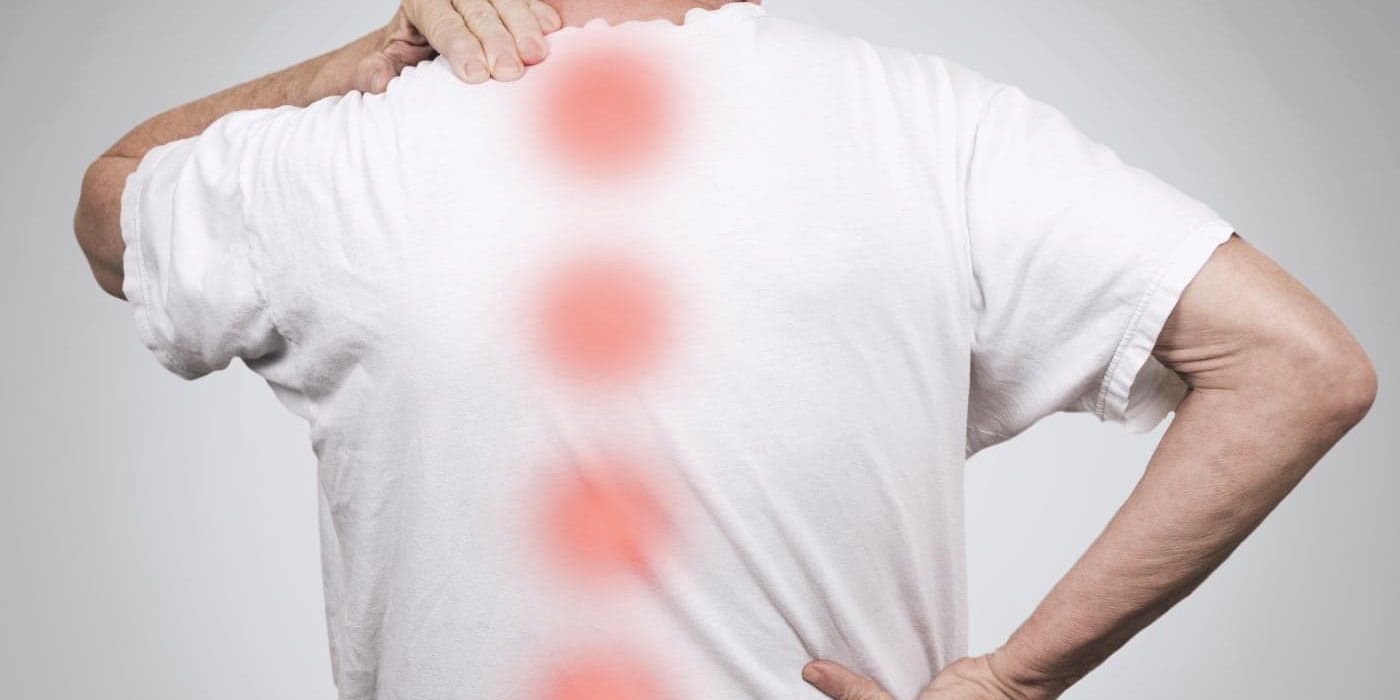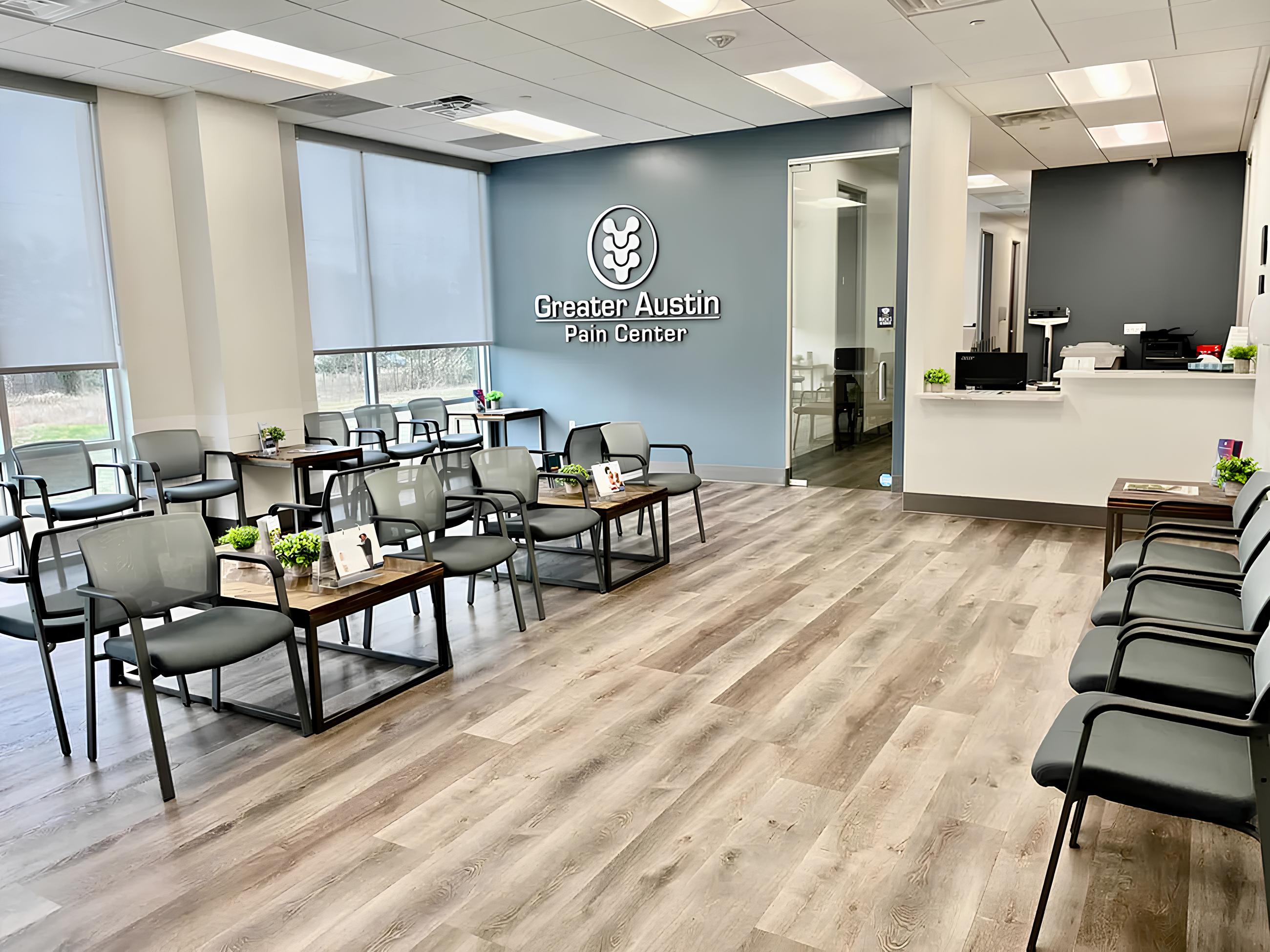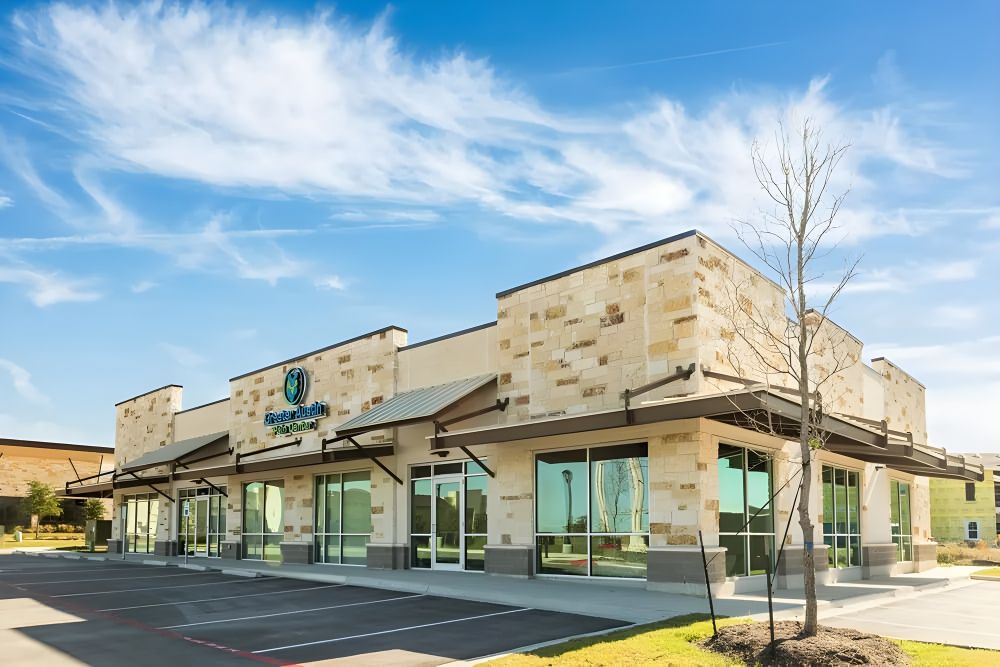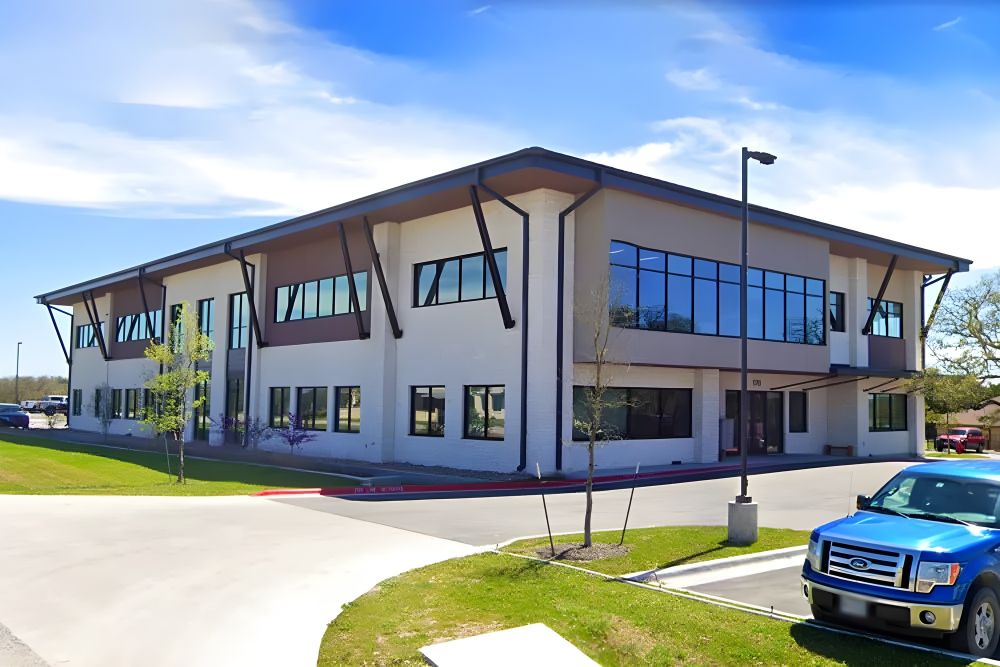Degenerative Disc Disease: What Is It?
October 6, 2021

Not technically a disease, degenerative disc disease is a normal condition that occurs when your spinal discs wear down from aging. As a person gets older, their spinal discs—the rubbery cushions between their vertebrae (the bones in their spinal column) begin to break down and degenerate. Since spinal discs normally act as shock absorbers that help people bend, move, and twist comfortably, ‘degenerative disc disease’ refers to the condition whereby your bones begin to start to rub together—causing discomfort—as these cushions begin to wear away.
Over time, consistent contact between your vertebrae can cause further pain and problems, including adult scoliosis (the condition where the spine curves), spinal stenosis (when the spaces around the spine narrow), and herniated discs.
Who Can Get Degenerative Disc Disease?
Since degenerative disc disease is a normal condition that occurs with age, any one over the age of 40 (the time when people naturally begin to age) can get it—even if they don’t develop symptoms. That said, degenerative disc disease is most common in older adults who are obese, who smoke, or who work in physically demanding jobs. It’s also more common in women than men.
Symptoms of Degenerative Disc Disease
The most common symptoms of degenerative disc disease include sharp or constant back pain or neck pain, with the potential for pain in the lower back, butt, or upper thighs. The pain or discomfort will typically come and go for a matter of weeks or months at a time, and can often lead to numbness or tingling in your legs and arms (a condition known as paresthesia). Symptoms can gradually worsen after sitting, twisting, bending, or lifting objects, and often feel better by changing positions or by lying down.
How is Degenerative Disc Disease diagnosed?
Degenerative Disc Disease is typically diagnosed by conducting physical exams to measure your pain levels, nerve function, and/or strength. Often, your provider will conduct a CT scan to look for problems in the discs themselves—typically by bulging or protruding discs that could indicate that the disc is pushing against your nerves—causing physical discomfort. Similarly, they might order an X-ray or MRI to check for nerve or bone damage near your spine.
Treatment Options for Degenerative Disc Disease
While the treatment options for degenerative disc disease are diverse—the general goal of treatment is to ease pain and discomfort while taking steps to prevent further damage. This typically includes a combination of both over-the-counter medication, such as aspirin or ibuprofen, and physical therapy. The former is used to fight inflammation and lessen pain and swelling, whereas the latter is used to strengthen the muscles in your back and neck, and make them more flexible. Epidural steroid shots can also be injected into the epidural space of your back (a fluid-filled area around the spinal cord) to ease swelling and inflammation.
Thankfully most cases of degenerative disc disease do not require surgery and can be well managed with conservative and interventional treatments. If surgery is the appropriate course our providers are experienced in directing you to the best specialists for consultation.
Treat your Degenerative Disc Disease symptoms today!
There are several steps you can take to minimize the symptoms and severity of degenerative disc disease—including doing physical therapy at home, modifying activities that aggravate your back, and maintaining a healthy weight and lifestyle. With that said, if symptoms persist to the point that they’re consuming your wellbeing, it’s best to speak to a specialist.
A professional pain management specialist can work with you to develop a treatment plan that’s aligned with your best-interests in mind, ensuring you get the treatment you need for all of your degenerative disc disease symptoms.
Think you might benefit from an experienced pain specialist? Don’t settle for common lackluster solutions—consider all your options! Schedule an appointment with the Greater Austin Pain Center today to learn more about our multidisciplinary approach to pain management!

















